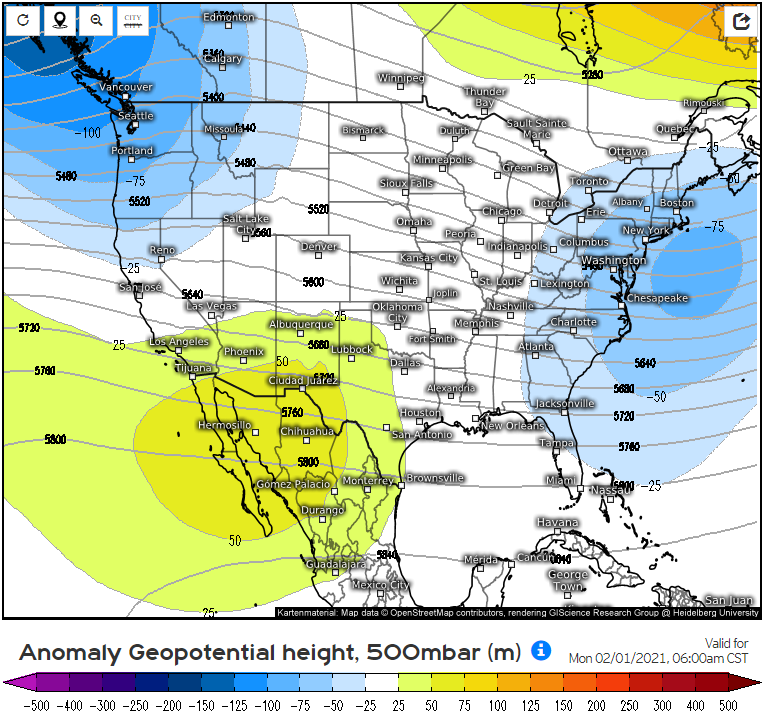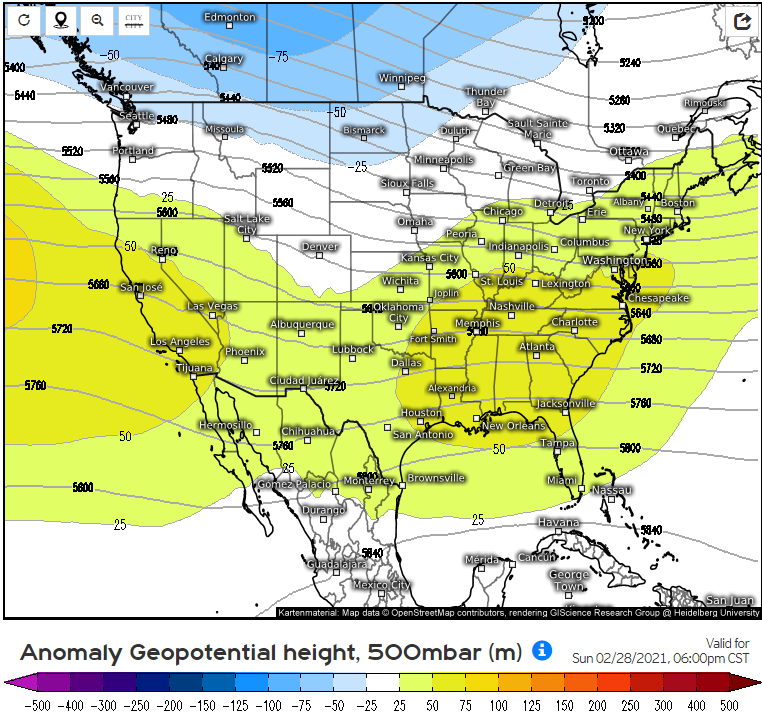The various branches of the jet stream are what drive all weather patterns, every day of the year. Not just severe weather, not just winter weather, etc.
For this, there are certain things I'm looking for on the large scale... such as a general low amplitude pattern over the CONUS that features general troughing in the west and flat ridging in the east. That general pattern gathers together the main synoptic ingredients necessary for severe weather events... such as low-level moisture return, large scale vertical wind shear, strong synoptic scale storm systems that would eject out of the Plains into our region of the country, etc.







